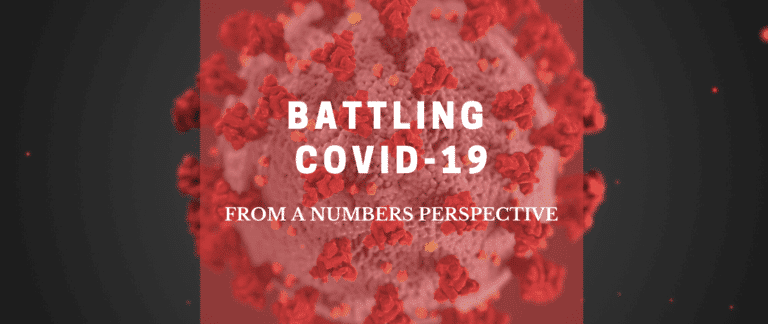Battling COVID From a Numbers Perspective
It’s an age-old math problem that seems counterintuitive: Would you rather be given $1,000,000 right now, or one penny that doubled each day for 30 days? The latter solution would net you over $5,000,000, even though you would only be at just over $600k on Day 27. Let’s look at this from another angle. Imagine…

